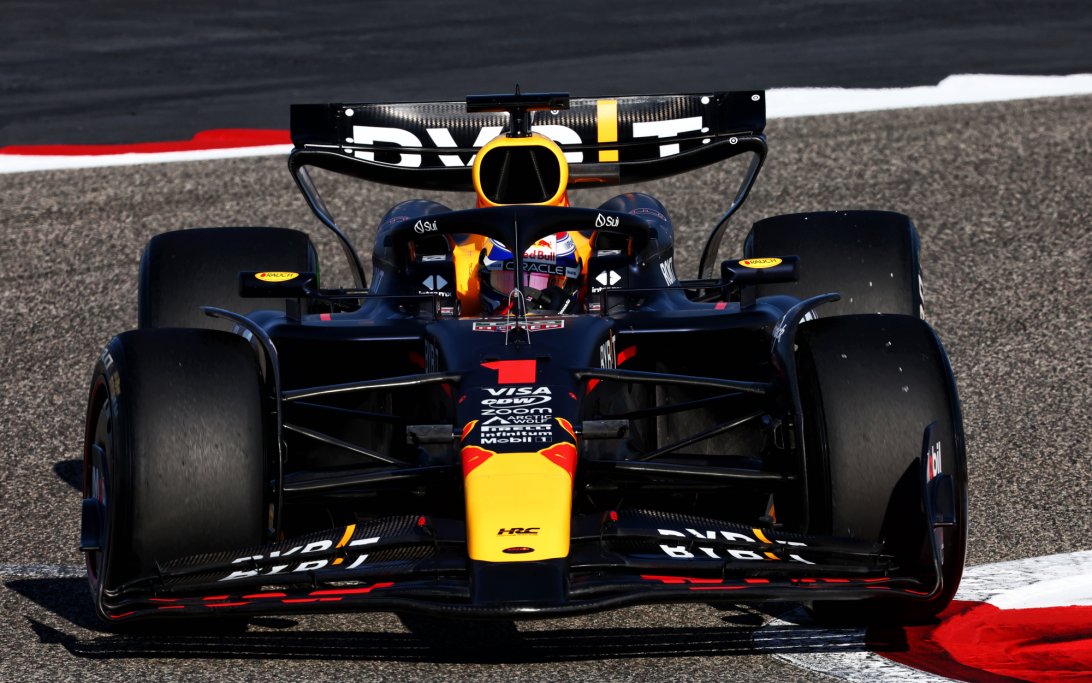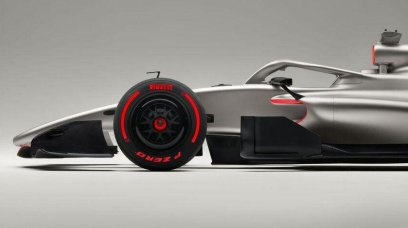When you first observe the cars during winter testing, you gradually discover their secrets. In practice, it comes down to seeing and understanding how some solutions work on the cars and what the intended function is. This was the case with the vertical inlets on the RB20 after we discovered the true location of the radiator inlets during the first day of testing.
It was assumed that the vertical inlet would perform a similar function to the by-pass induct on the Ferrari SF-24. In reality, it also has this function, but on a secondary level. The inlet also feeds the turbocharger cooling. The cooler is placed at floor level and thus rests on it, while the vertical inlet sends air to it through a special duct.
It is an interesting solution because it is an extreme version of the V-shaped longitudinal radiator position, as we have seen in recent years. The fact that the cooler is placed at floor level counterbalances the position of the radiators at the top of the sidepods.
In this way, the car's centre of gravity remains unchanged and the solution also promotes balance on a dynamic level.
Viewed by others:
Don't miss out on any of the Formula 1 action thanks to this handy 2026 F1 calendar that can be easily loaded into your smartphone or PC.
Download the calenderMost read
In this article
F1 2024 pre-season testing RN365 News dossier


























Join the conversation!